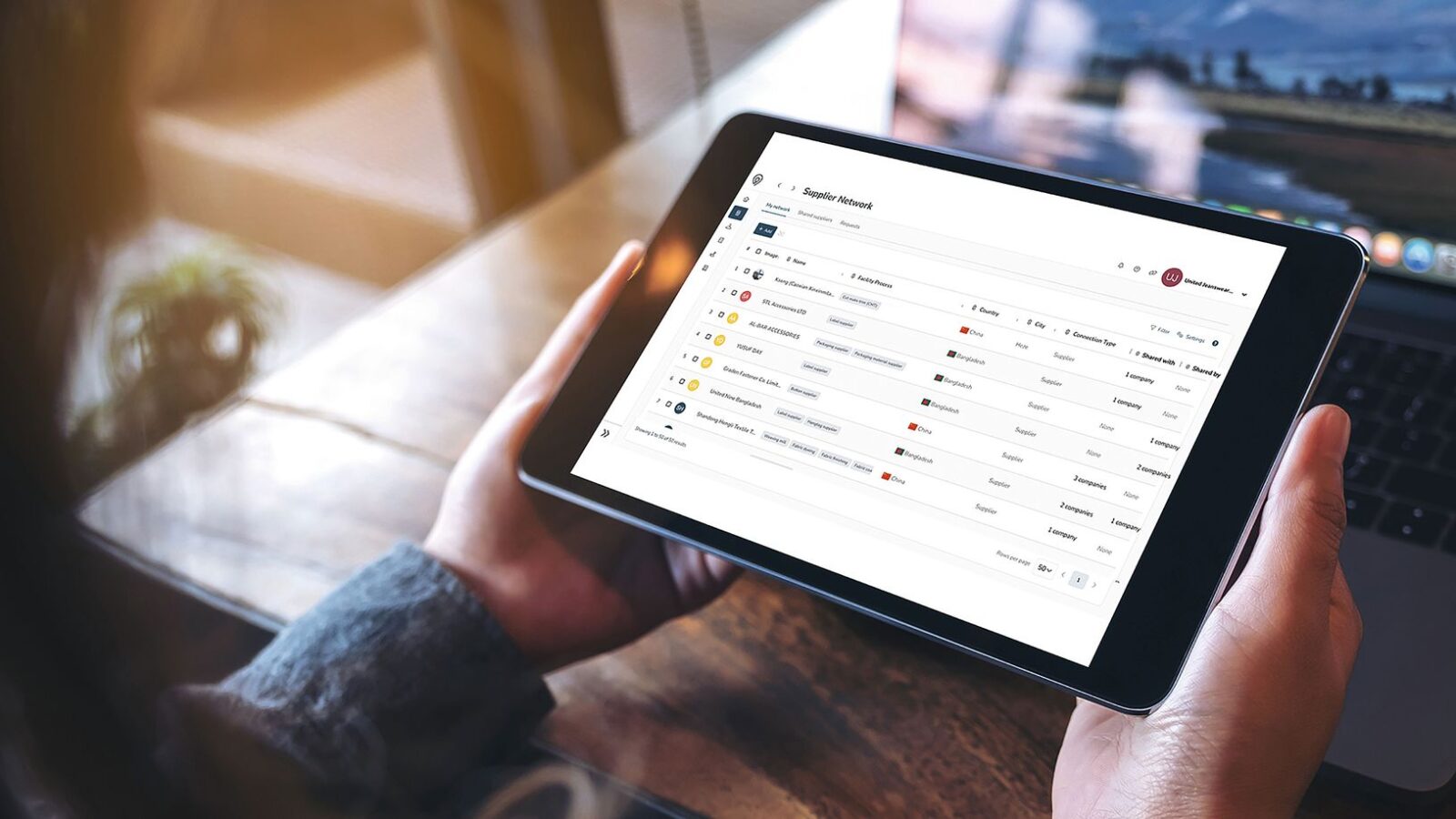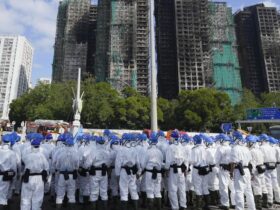Shoe manufacturers in particular have many suppliers in their network, who in turn have several other levels of suppliers. The European Union’s CSDDD expects to be able to examine the supply chain across all of these levels. According to the founder, Retraced can help with this: “It’s about connecting not only a brand’s direct suppliers, but also its indirect suppliers. There could be 1,000 providers, some of whom the company itself does not yet know.” The technical solution of a platform alone is not enough: the basis for transparent supply chains are operational processes. The example of Vaude shows that these are difficult to establish. According to his statement, the manufacturer needed a year to prepare suppliers until the platform could be used. Lukas Pünder summarizes what is involved: “Suppliers need a clear overview of their input and output, which is achieved through precisely set-up processes and careful logging. These structures must first be introduced and tested so that the flow of information in the supply chain does not come to a standstill.”
Network and trust
Two things should help make the process easier. On the one hand, Retraced relies on the network effect. The suppliers’ data can be used equally by all manufacturers, explains Pünder: “We are a multi-tenant network. This means that all companies can work on one platform and collaborate. Brands can work with the data treasure of those who are already on the platform if they want to share their data.” If a manufacturer works with Retraced and a supplier is already connected to the platform via another manufacturer, twice the work is saved. This should also increase the incentive for suppliers to change processes, according to the company founder: “If a supplier knows that he works with several shoe manufacturers, he can upload the data record once and share it directly with all manufacturers. This saves him a lot of manual communication. The more connections are created on the platform, the stronger this network effect is.” At the same time, it is more attractive for potential new customers if a large number of suppliers do not have to be connected manually. Currently, 500 to 1,000 suppliers are added every month. The company hopes to have 30,000 suppliers on the platform by the end of next year.
On the other hand, Retraced wants to help address suppliers better. Because the founder states: “In order to get my suppliers onto the platform, as a fashion company I have to create trust. After all, I expect them to share sensitive data with me. This trust is created through clear communication, ideally in the respective native language, from the initial introduction through onboarding to customer support.” In order to better address suppliers, Retraced tries to overcome cultural and linguistic hurdles. The company has offices in Mexico and China. Customer support is now available in 25 languages, including European, Indian and Chinese. In some cases, Retraced also offers training with best practices for suppliers on how the processes can be adhered to for greater transparency. In total, over 70 people work at Retraced. Suppliers from China have also become customers themselves, using the platform like manufacturers and wanting to keep an overview of their supply chain. While most
Customers currently come from Germany, the Chinese market, like the US market, is currently growing faster.






Leave a Reply